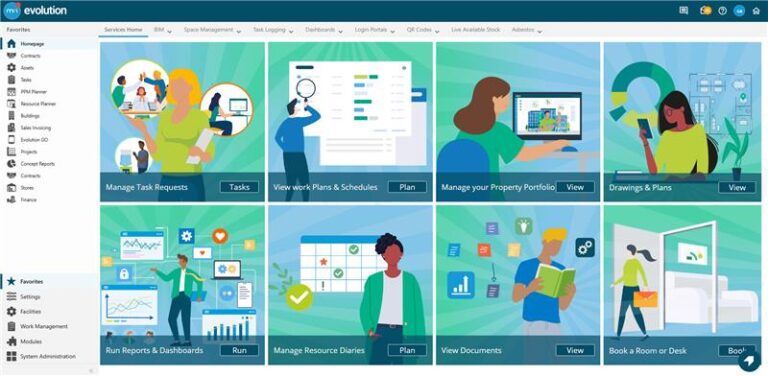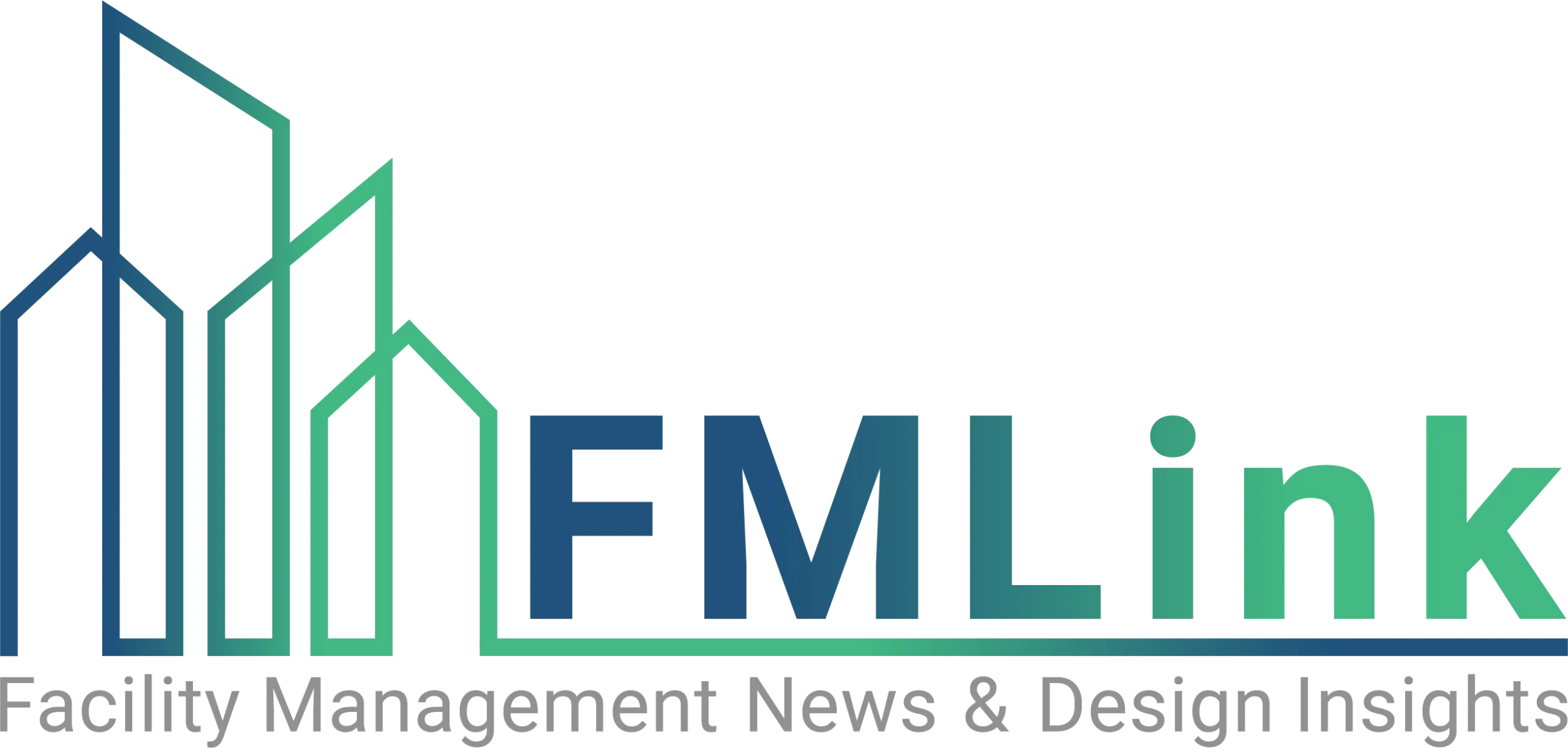More than ever, energy efficiency and environmental protection are essential components for a building’s success. Green buildings use less water, energy and other materials; drastically reducing long-term operating costs for building owners and creating a healthier environment. To meet this need, elevator manufacturers are enhancing products with capabilities that decrease energy consumption and increase environmental conservation.
Saving the Environment While Saving Money
While there are few products labeled green in the elevator industry, there are materials designed to make every aspect of elevator usage more efficient and environmentally safe. Installing these products in your current elevator system can significantly decrease energy consumption and can save you money—faster than you may think.
Lighting is a great place to start. LED-style lights last longer than incandescent lights and consume less energy, reducing costs and environmental impact. Although the fixtures produce less light inside the elevator, LEDs do not sacrifice passenger visibility and comfort. Not only applicable to interior lights, LEDs can also replace bulbs in floor indicators, call buttons and arrows. LED lights benefit more than just the environment. These lights require less installation time and less long-term maintenance than incandescent lights, saving building owners time and money. Sensors can also be installed in the elevator cabs enabling the LED lights to turn off when the elevator is not in use, eliminating wasteful electricity use.
Replacing an aging elevator controller is another great place to make a change. By replacing a controller that is ten years or older, you will have more efficient control of the elevator equipment. Microprocessor-based controllers are the most energy efficient choice. Currenlty, many aged traction units have DC units. They are less energy-efficient compared to AC units, which minimize heat production, reducing overall energy expenditure.
Hydraulic elevators require oil to maintain smooth functioning capabilities. If this oil permeates water sources, it can become an environmental hazard. By replacing standard hydraulic elevator oil with alternative lubricants, the potential environmental impact is drastically diminished. Vegetable-based fluids and highly-refined petroleum based fluids are ample substitutes that will not damage the elevator system and are more environmentally friendly than harsh chemicals or oils.
Energy saving elevator drives utilize energy in the most efficient manner possible by recycling energy that is typically wasted. The majority of the heat created by the elevator system is produced on the drive and in the motor. In modern, energy efficient drives, this heat is captured and regenerated as energy for use in the elevator or other parts of the building. Some energy reducing drives shut off the elevator motor, thereby saving wasted electricity when the elevator is not in use. New developments in drive technology have increased elevator speed and decreased passenger wait time, while maintaining lower energy consumption. Because these energy saving drives offer enhanced features and performance, choosing a green drive is fiscally beneficial and environmentally friendly.
Energy Efficient Elevators
Energy use declines with Machine Room-Less (MRL) elevators, which require less energy than most elevator systems. Energy efficient systems often offer a wide array of options regarding elevator style, technology and design, so that building owners are not forced to sacrifice an innovative look for energy savings.
The efficiency of MRL elevators compared to conventional geared and gearless traction elevators is based on a number of factors. For example, using permanent-magnet machines as opposed to conventional AC motors saves a significant amount of energy expenditure. MRL elevators generate much less heat than other elevator systems, making cooling systems almost unnecessary and creating less demand for energy. MRL elevators use gearless traction equipment, eliminating the need for oils or lubricants that most elevators demand to ensure smooth operation. Because these elevators function without the need for liquid lubricants, there is less potential for excess run-off and pollutants guaranteeing less environmental impact than standard operating systems. And with the numerous advantages—space saving, heating, cooling and lighting—the MRL elevator is the best energy reducing option.
Elevators also conserve energy through innovative hoisting mechanisms and elevator applications, which demand less energy consumption than standard systems. One such application allows two independently moving cabs to be installed one above the other in the same shaft. As a result, twice the number of cabs can run in the same space, boosting passenger capacity while slashing space requirements and energy consumption.
Some elevator systems reduce energy use by limiting excess passenger trips through the use of destination control software. These systems direct passengers to elevators based on their desired floors, grouping passengers according to destination. For example, rather than stopping at multiple floors for various individuals, the destination dispatch system groups all passengers traveling to a specific floor in one trip. This drastically reduces user wait-time, increasing handling capacity by up to thirty percent. Environmental benefits are abundant as well, decreasing the amount of wasted energy expense by maximizing elevator efficiency through passenger destination selection. Most systems feature touch-pad floor selection systems in the elevator lobby, which enters call direction and destination simultaneously. Building owners do not need to sacrifice innovative elevator design and technology to become more energy efficient. Flat screen panels with floor selection capabilities can be freestanding or wall-mounted and can incorporate building logos and graphics, presenting passengers with sleek and modern transportation capabilities.
Why Choose Green?
Whether modernizing or installing a new elevator, the benefits resulting from green upgrades largely outweigh the hard costs. The upfront costs associated with creating a sustainable elevator range from minor upgrades like lighting improvements, to a complete energy efficient elevator system installation. Although there is no upfront monetary reward for choosing to build green, the benefits are plentiful. Once simple energy efficient elevator upgrades have been installed, building owners will see a decrease in energy consumption each year. For example, a regenerative elevator drive would potentially pay for itself within four to seven years depending on the traffic and the usage of the elevator. Due to minimal operating costs, green elevator systems allow building owners to save money on a yearly basis because of increased energy savings.
Green elevators also improve building efficiency and increase overall property value. Energy-saving systems equipped with destination control software provide faster, more efficient travel capabilities, allowing building owners to accommodate tenants with high traffic needs. Buildings that offer high user efficiency coupled with environmentally friendly operations are highly marketable to new tenants. As a result of more efficient equipment and technology, green buildings boast improved indoor air quality and other benefits, all of which are proven to increase worker productivity. Green elevators can also help a building gain U.S. Green Buildings Council’s Leadership in Energy and Environmental Design (LEED) system points, which are awarded in six categories, four of which are directly impacted by elevators. By choosing environmentally friendly elevator manufacturers, building owners can gain more than twenty-five LEED rating points through recycling, energy efficiency and plant manufacturing during new green construction.
Many new buildings are choosing to embrace energy-efficient strategies. One Wachovia Center in Charlotte, North Carolina, has recently modernized its elevator system by installing destination control software, which has already resulted in a thirty percent increase in passenger transportation efficiency and significant energy savings.
With energy consumption reaching all-time highs, more and more builders are looking for green alternatives. Whether upgrading your current system or installing new elevator technology, choosing green elevators is more beneficial for building occupants, owners and the environment.
About the Author: Stuart Prior is Executive Vice President, Americas Product Sales & Marketing; COO Latin America & Brazil with Thyssen Krupp Elevator. Prior has more than 22 years of experience in all aspects of elevator operations including sales, operations, management, marketing, and R&D in the field and factory areas. Prior has been involved with numerous elevator and escalator contracts including the Empire State Building and AOL Time Warner Building in New York.




